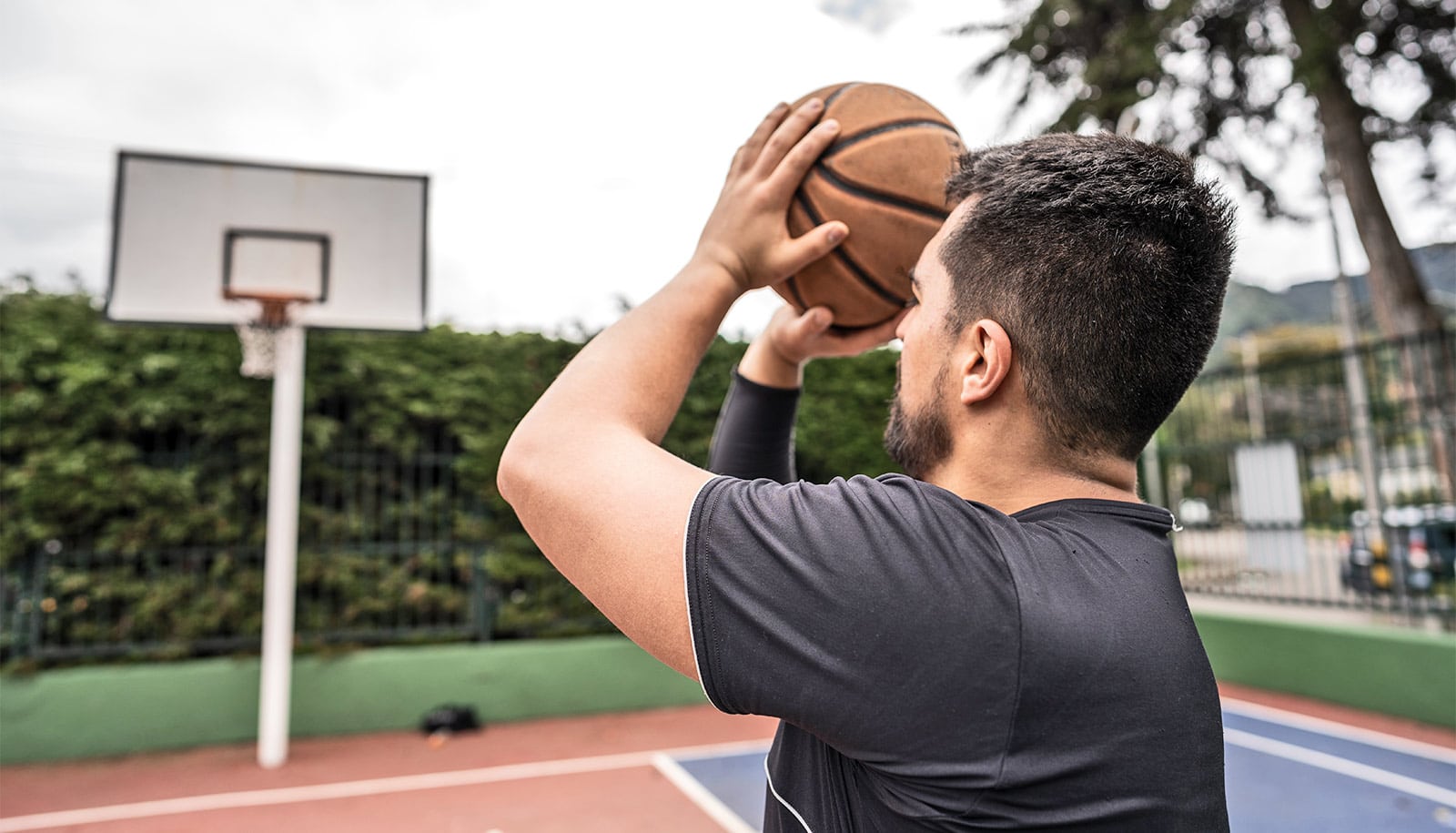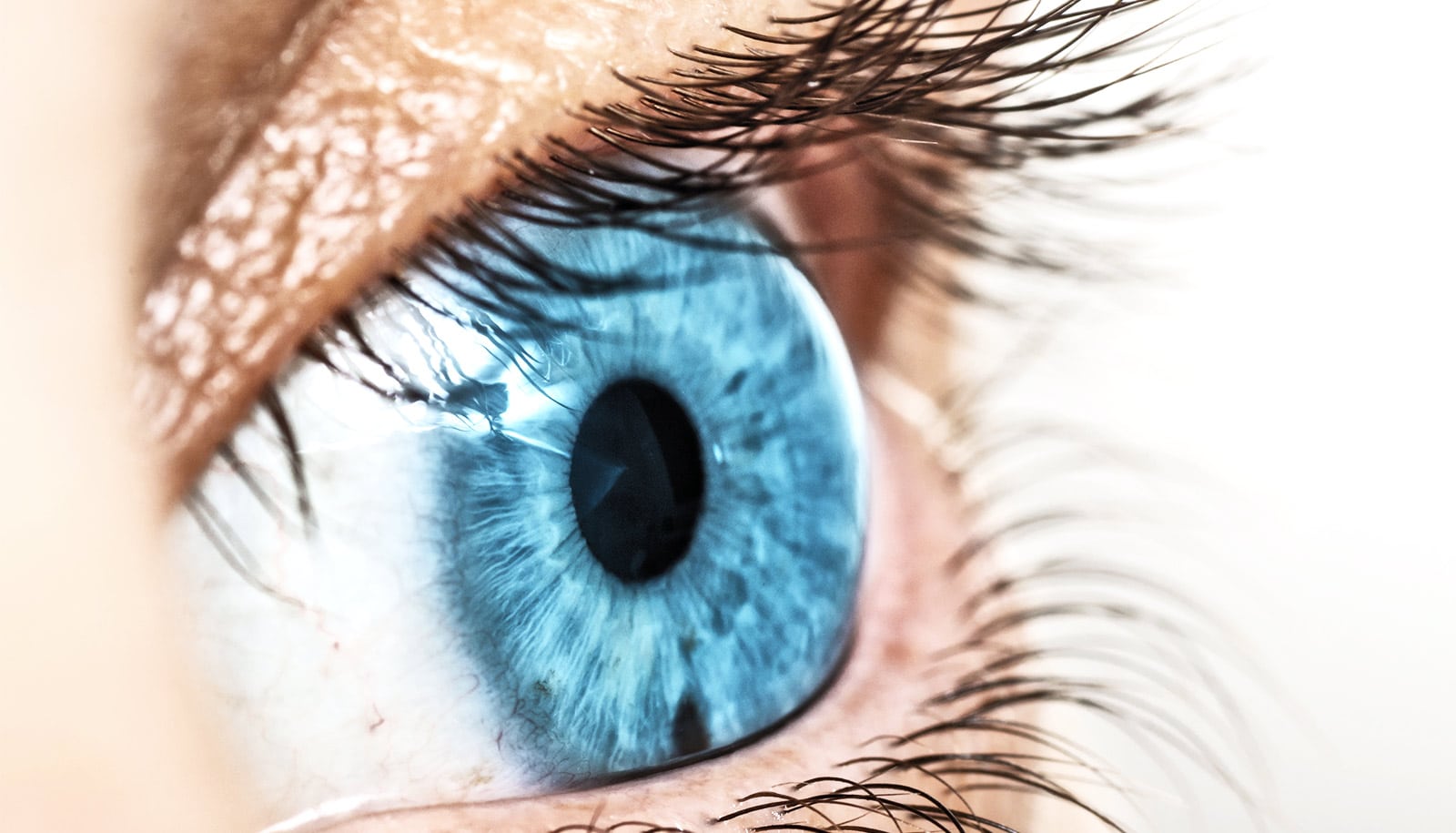Learning a visual-spatial language such as British Sign Language improves peripheral vision among hearing adults, a new study shows.
“We were surprised by the quicker response times of BSL interpreters, who haven’t necessarily known sign language since childhood, but have improved their peripheral visual sensitivity in learning this visual language and using it daily,” says Charlotte Codina, lecturer in orthoptics at the University of Sheffield.
“This shows that becoming a BSL interpreter is not only an interesting job, but it also has benefits such as making you more alert to changes in your peripheral field that could help when driving, playing sport, or refereeing a football match for example.”
How sign language helped a child learn to speak
Further, deaf adults have significantly better peripheral vision and reaction times than both hearing adults and BSL users, according to the study in Frontiers in Psychology. The findings support the common belief that losing one of your five senses, such as hearing, can enhance others like sight or smell, researchers say.
“We found that deaf adults have faster reaction times around the whole of the visual field, extending as far as 85 degrees peripherally near the edge of vision,” Codina says. “Our study shows that deaf people have exceptional visual abilities that hearing adults do not. These findings support the common belief in sensory compensation.”
BSL is the most common form of sign language in the United Kingdom and is used by around 145,000 people. It has its own grammatical structure and syntax and as a language it is not dependent on, nor is it strongly related to, spoken English.
Source: University of Sheffield



